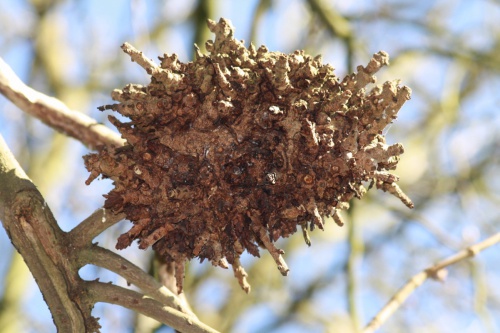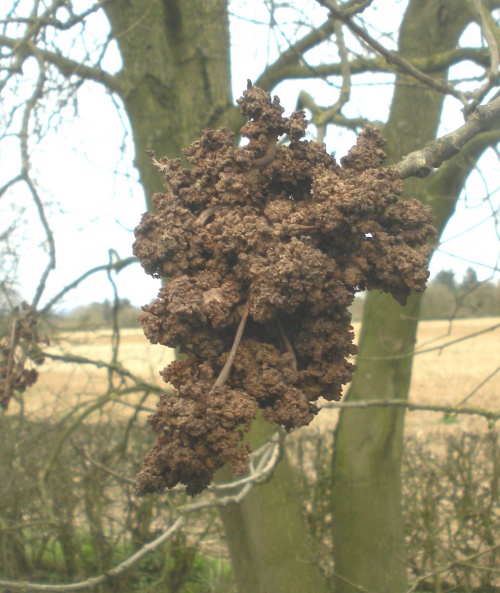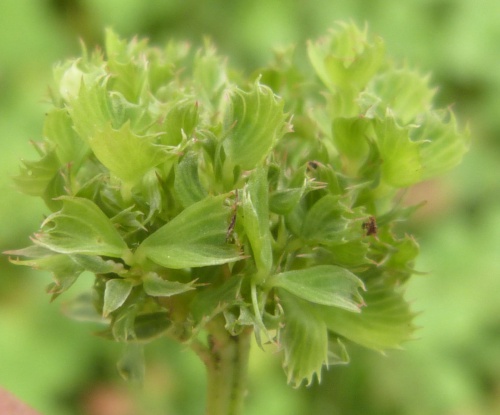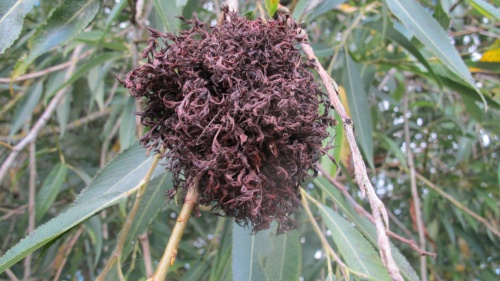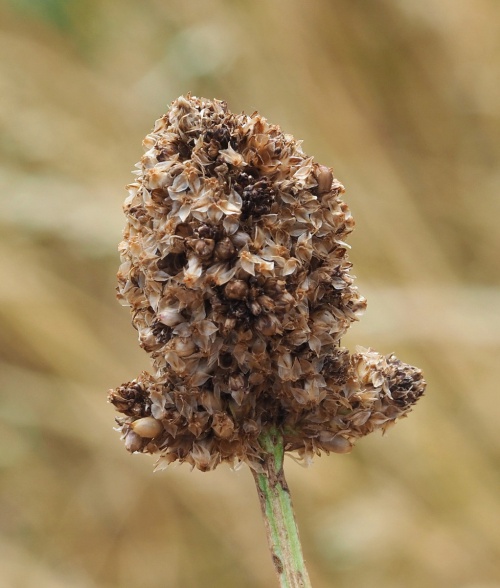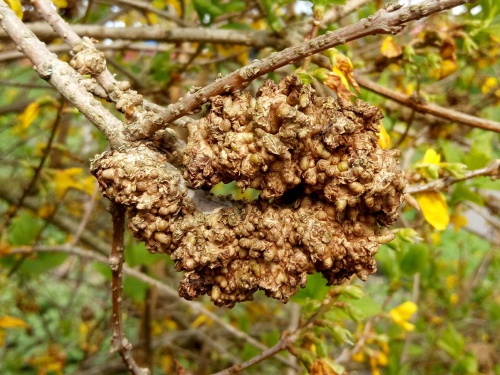All images on this website have been taken in Leicestershire and Rutland by NatureSpot members. We welcome new contributions - just register and use the Submit Records form to post your photos. Click on any image below to visit the species page. The RED / AMBER / GREEN dots indicate how easy it is to identify the species - see our Identification Difficulty page for more information. A coloured rating followed by an exclamation mark denotes that different ID difficulties apply to either males and females or to the larvae - see the species page for more detail.
Galls
The British Plant Gall Society define a gall as ‘an abnormal growth produced by a plant or other host under the influence of another organism. It involves enlargement and/or proliferation of host cells, and provides both shelter and food or nutrients for the invading organism'. (https://www.britishplantgallsociety.org/)
Organisms that cause galls to form on plants encompass almost the entire spectrum of life – from viruses and bacteria, through Protozoa, fungi and allies, slime-moulds, nematodes, mites, aphids and psyllids, flies, beetles, moths, sawflies and wasps, and even a few algae and vascular plants. The organism that causes a gall is usually very difficult to identify, but often the gall can be identified. However, some galls are hard or impossible to identify, and it may be necessary to find the gall-causer and get expert help. The presence of parasitoids, inquilines or other organisms sheltering or feeding inside an occupied or vacated gall can be misleading, and it is common to find atypical specimens or chimaera formed by two or more organisms in close proximity - usually these can't be identified.
When recording galls, always start by identifying the host plant accurately and make sure you have included information on the host in the notes attached to your record. Most species of galls are specific to a host, and this is always the first step in identification.
The Field Studies' Council's AIDGAP guide by Redfern, M. & Shirley, P. (2023) ‘British Plant Galls’ (3rd edition). FSC is recommended.
The BPGS Facebook group can help with identifying galls: British Plant Galls.
Photos can be found on the BPGS website or on these northern European websites:
- Pflanzengallen - Comprehensive guide to galls of Germany.
- Plantengallen.com - English-language version of Dutch site.
- Volkers Pflanzengallen - Volker Fäßler’s gall website (in German).
- Leafminers and plant galls of Europe - Dr. Willem N. Ellis' website (‘Bladmineerders’).
- An excellent account of the ecology and biology of galls is in Redfern, M. (2011) Plant Galls. Collins New Naturalist.
In the accounts below, there are sometimes two or more Red-Amber-Green or 'RAG' ratings - one or two referring the gall, and one to the gall-causer. Galls usually have a lower 'RAG' rating then the causer. Click on the species to find out more.
Galls caused by Bacteria, Virus, or unknown causer
Galls in this section have unknown causers or are caused by micro-organisms - bacteria or phytoplasma - or viruses. Although the galls may be very large and obvious, like the common bacterial crown galls of various woody plants, it is difficult to establish the causer when this is a micro-organism.
Root nodules on legumes - peas and beans - and other members of the Fabaceae family are caused by a Bacteria (Rhizobium). Unusually, the association is mutually beneficial; the host plants gain because Rhizobium can fix atmospheric nitrogen into a form the plant can use for food; Rhizobium benefits from shelter and nutrition it takes from the host.
Phytoplasmas are a kind of Bacteria that are obligate parasites of plant and of the insect vectors that transfer the phytoplasma from plant to plant. The phytoplasma lives in the plant's phloem, and are spread by usually leafhoppers, psyllids or froghoppers which feed by sucking sap from the plant. Many phytoplasma are pathogens. Some can cause galls - e.g. the bud-covered swellings on the woody stems of garden Forsythia may be caused by a phytoplasma Rhodococcus fascians (formerly Corynebacterium).
Phytoplasmas probably cause 'phyllody' in some plants - this is when the parts of the flower become leafy, instead of growing as petals, stamens, etc. Other gall-causers such as mites can also induce phyllody.
Phytoplasmas may also cause some witches' brooms on woody plants, although these may also be caused by a fungus (Taphrina species).
The common growths on willow catkins ('mossy willow catkin galls') may be caused by a virus or phytoplasma, but the causer is not yet known. The growths are very variable, and identifying the causer is even more complicated because the galls often shelter other organisms.


